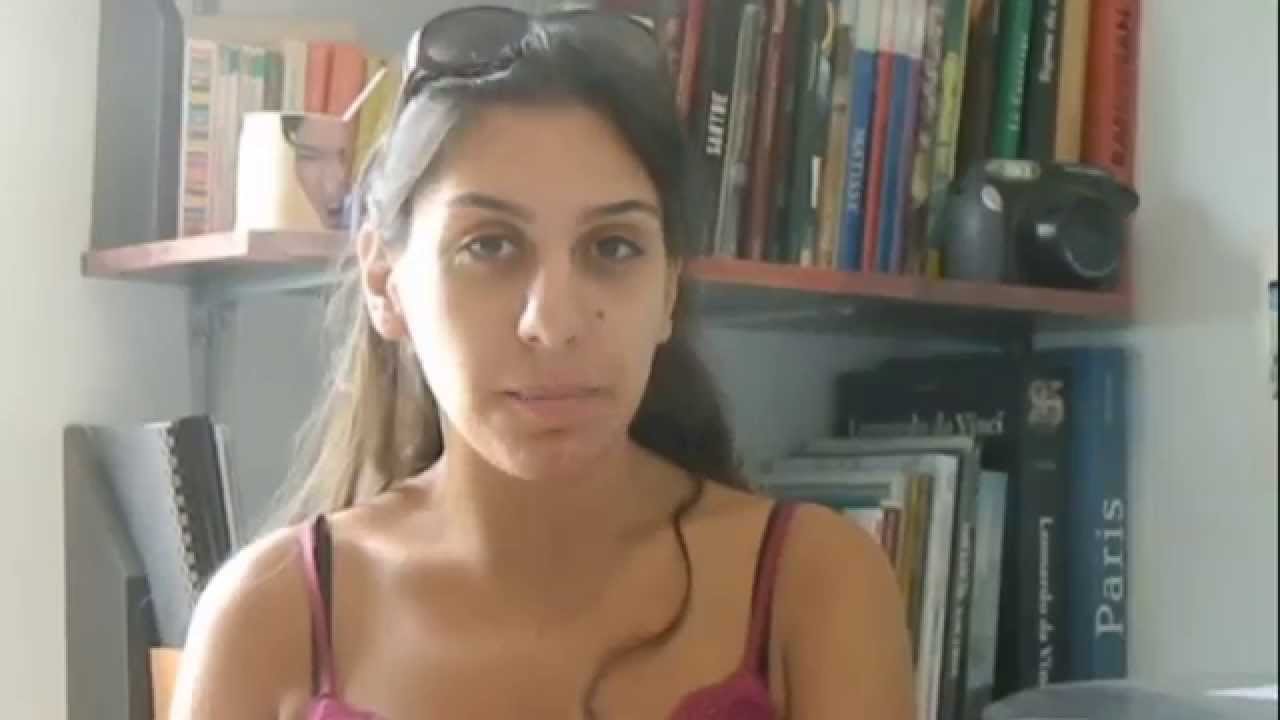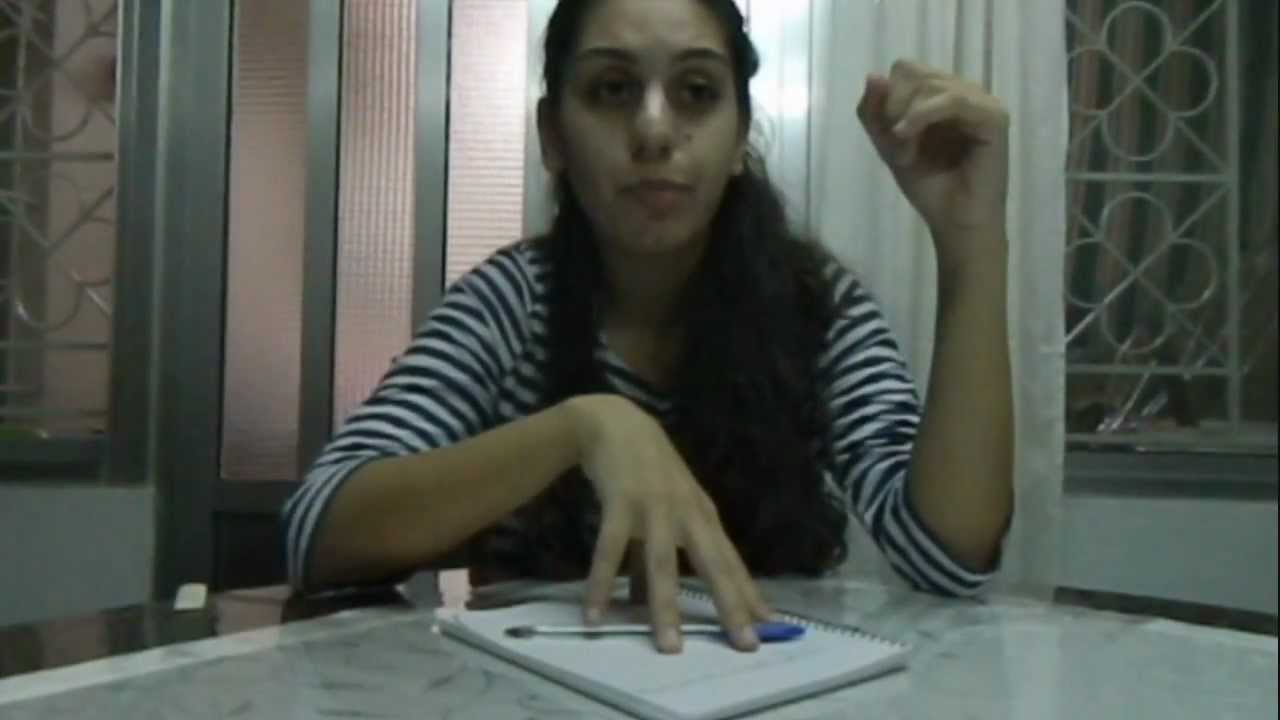Welcome to Lebanese Lesson 1! In this video and transcript, you’ll learn how to introduce yourself in the Lebanese dialect of Arabic. One of the first things you’ll learn is the common greeting “marhaba” which can be translated to “hi” or “bonjour” in English. We’ll also cover the meaning of “kifak” and “kifik”, which are used to ask “how are you?” in Lebanese Arabic. Throughout the lesson, you’ll be learning practical phrases that you can use when speaking with Lebanese people. So, whether you’re a foreigner visiting Lebanon or just looking to expand your language skills, you’ll find this lesson helpful. Now, let’s get started and learn how to say “hello” and “how are you” in Lebanese Arabic.
Want to master Lebanese Arabic step-by-step?
Transcript:
Introduction
Welcome to our Lebanese lesson 1! In this video, I am Hiba, and I will be helping you to learn the Lebanese language. As a foreigner in Lebanon, you are in the right place to learn how to speak the language. Keep in mind that the Lebanese language is divided into two types, one for writing and reading, but we won’t be learning that, instead we will be focusing on the spoken language.
Learn to Say Hello in Lebanese: Introduction to Introducing Yourself
Let’s start by learning how to introduce ourselves:
| English | Lebanese (for a man) | Lebanese (for a woman) |
|---|---|---|
| hello, how are you? | marhaba, kifak? | marhaba, kifik? |
It’s important to know that “marhaba” can be translated to “Hi” or “Bonjour” in English. It’s commonly used by everyone and will be understood by everyone.
More Phrases
Let’s continue with learning more phrases:
| English | Lebanese |
|---|---|
| My name is Maria, I come from Mexico. | esmeh Maria, jeiyeh mnel mexeec |
| To study the Arabic language | edros aarabeh |
| I work as a translator | beshteghil terjmein |
You can also use these phrases together to say “My name is Maria, I come from Mexico to study the Arabic language. I work as a translator.” :
| English | Lebanese |
|---|---|
| My name is Maria, I come from Mexico to study the Arabic language | esmeh Maria, jeiyeh mnel mexeec edros aarabeh |
| I work as a translator | beshteghil terjmein |
Want to go further?
Review
Now that we’ve covered the basics, let’s review what we’ve learned:
| English | Lebanese |
|---|---|
| hello | marHaba |
| how are you? (for a man) | kifak? |
| how are you? (for a woman) | kifik? |
| how are you? (for many people) | kifkoun? |
| My name is Maria | esmeh Maria |
| I come from Mexico | jeiyeh mnel mexeec |
| To study the Arabic language | edros aarabeh |
| I work as a translator | beshteghil terjmein |
Since this is just an introductory lesson, we didn’t cover many sentences. But don’t worry! You can watch the other Lebanese Arabic lesson videos by checking out the menu at the top of the page, or just click here to watch lesson 2 about Lebanese Arabic at the airport.
Conclusion
I hope you enjoyed this first lesson and I will be with you step-by-step to learn the Lebanese language. Thank you for learning with us!
✓ You’ve Completed Lesson 1!
What’s Next?
Continue Your Learning Journey
You’ve learned the foundations. Now it’s time to master Lebanese Arabic with structured lessons, interactive exercises, and real conversations with native speakers.







I’m here over a decade later and am happy to find your website! I work at a lebanese restaurant for a lebanese chef and have been looking for resources to learn levantine/lebanese arabic. my coworkers include palestinian, egyptian, and ofc lebanese people and although they all speak english, I want to be able to speak to them in their mother tongue as they speak to me in mine. I have no idea if this website is still active, but thank you so much for your work! I’m excited to keep learning. sahat!
Great help! thank you!!!!
Just now found this. Shukran for the lessons
This is such a cool blog! I look forwards to learning the "Lebanese" dialect. Thanks for posting all these lessons! ~Michael